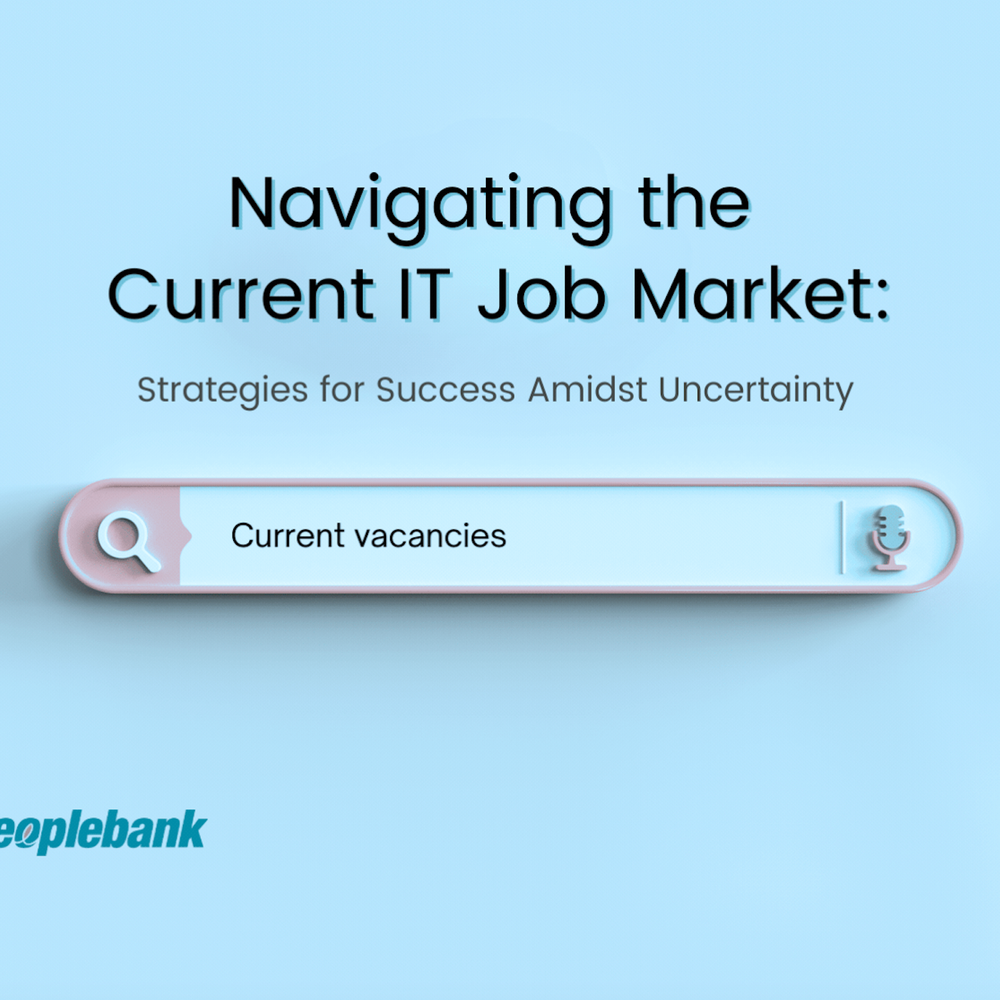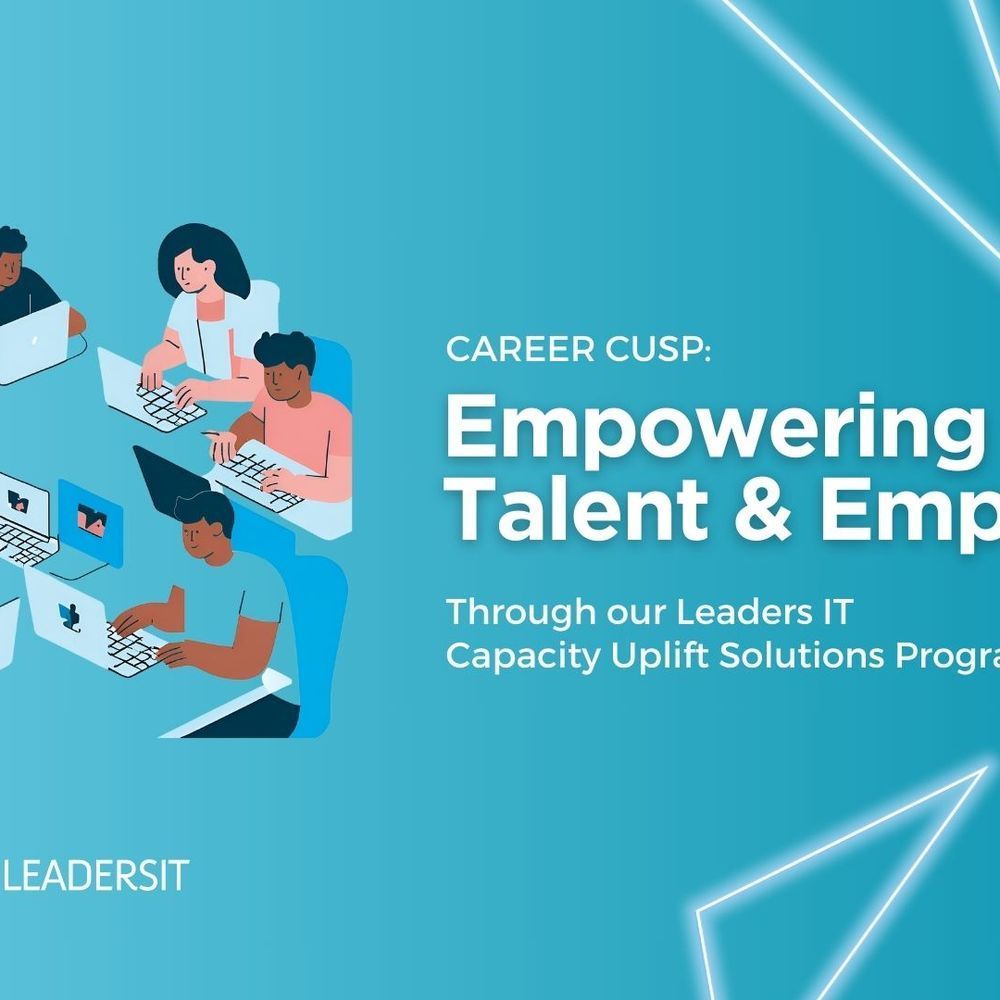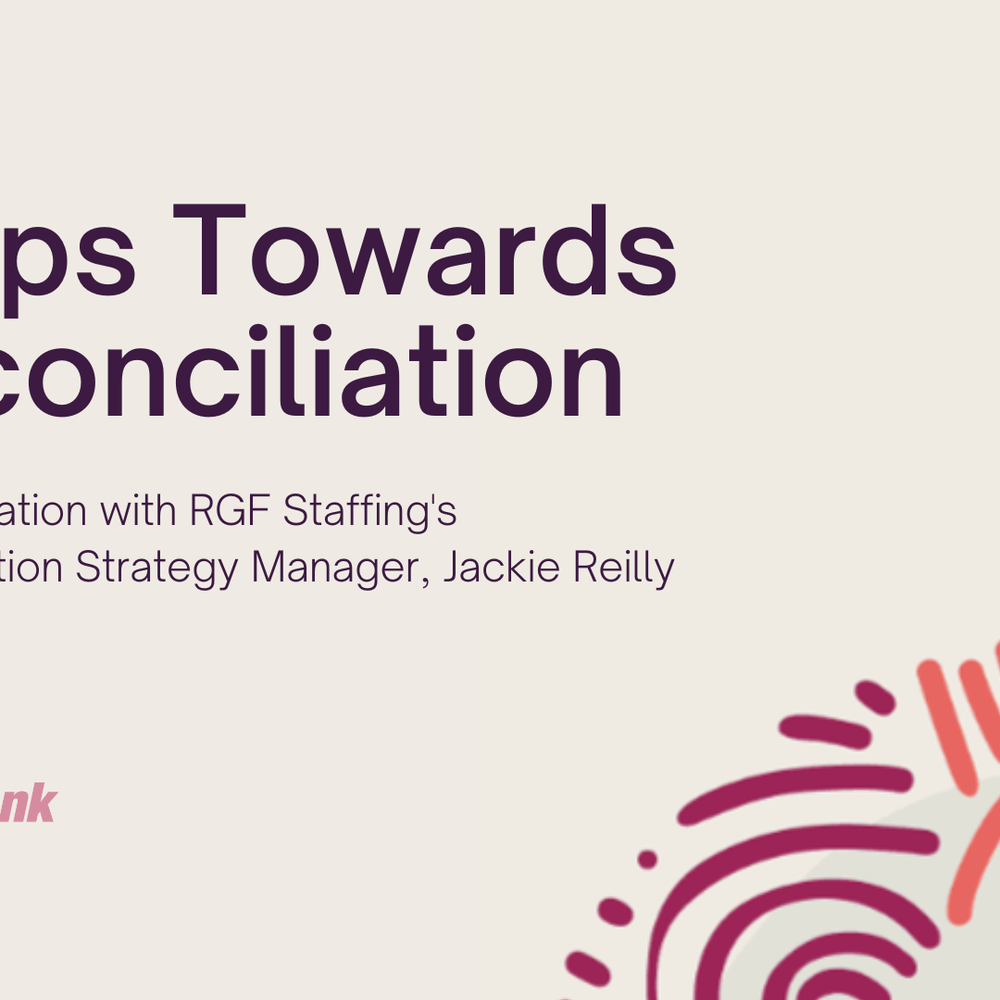Improve your problem-solving skills
Soft skills are becoming more important than ever in the modern age. Especially as we have had to dynamically adapt to changing work environments and means of communication – staying connected and managing change requires high level use of soft skills.
One of those skills is problem-solving.
In this blog, we’ll cover how to improve your problem-solving skills to benefit your work-life at every step.
Problems or challenges can arise in many different forms and require several skills to overcome and figure out. Firstly, let’s look at the skills you can work on to improve your problem-solving, then we will delve into the process of solving a problem directly.
Some skills you will find useful when overcoming a challenge include:
- Emotional Intelligence
- Analysation
- Teamwork
- Brainstorming
- Risk Management
- Decision Making
- Creativity
- Lateral Thinking
That’s a whole lot of other soft skills that contribute to solving problems efficiently. It might be helpful to tick off the ones you think you have a good handle on and to make note to do further research on items you could improve on. In future, we may have blogs for each of these elements!
When thinking of steps to solve a problem in front of you, there is a successful five-step formula that is commonly used in the project management industry – IDEAL: Identify, Define, Examine, Act and Look. Let’s relate each step to the above skill sets.
Identify the Problem
Sometimes this part can seem obvious – you know the problem, that’s why you need to solve it!
But it can be useful to really identify what you have to overcome objectively. You will need to remove emotion and potentially even personal opinion and strip down the problem to its root. This takes emotional intelligence.
Brainstorming can be helpful here however it needs to be specific, not broad. It is easy to say what appears wrong and why things aren’t working in a general sense. Aim to get down to one paragraph of text that could explain the core root of an issue.
Define the Problem
Next, it’s much better to break down the problem. Instead of looking at the issue as a giant boulder, break it down into smaller rocks that are easier to tackle one at a time. This makes the issue less daunting. One way to try this is to use the ‘5 Why’s’ from the surface level of a problem, ask ‘why’ then continue asking why until several things arise that can be fixed. For example:
1. Why aren’t there any online sale conversions?
The website isn’t user friendly, and the prices are elusive.
2. Why isn’t the website user friendly?
The prices aren’t shown, and it doesn’t load properly on mobile devices.`
3. Why doesn’t it load properly? Why aren’t the prices shown?
UX issue that needs to be addressed. Prices requested to be hidden by the client.
4. Why has the mobile issue not been addressed? Why does the client want to hide the prices?
Not sure about that mobile issue! (I think someone can start taking action here). The clients say they want to encourage communication with customers.
5. Why hasn’t anyone consulted with the client to better serve them and notify them users need more clarity?
We need to better communicate with our clients and give them our expert advice.
Sometimes you may need more than 5 questions, or less. Sometimes, if you have great analysation skills and use lateral thinking you can breakdown the problem in a way that suits you and your team.
Examine the Problem
Here is where you discover possible solutions to the problem. As seen above, you may have gotten to one potential solution already. But here is where creativity comes into it! Brainstorming sessions with your team can be helpful to come up with multiple ways to overcome a problem, then it is possible to narrow down and decide the most elegant solutions. Instead of digging deeper and deeper to the root, this is where you start to look around and think laterally and see how far spread your ideas can go. Risk management and decision making will be helpful in this step too.
Act on the Problem
Next up is creating a step-by-step plan to tackle the issue/s at play. Overall, the previous steps are incredibly useful in creating a strong action plan, however, this step can really make all the difference in ensuring a problem is actually solved, not just analysed. It comes down to the successful execution of actions that can be taken to solve a problem.
Look back at the Problem
Of course, reflection is necessary. Look back on the process, the problem, the solutions and make sure you have learned the lessons. What not to do in future, what works, what is a waste of time, what is worth every second, what could be done better next time and so on... Fine tuning your problem-solving skills can happen every time you complete your process.
What else helps your problem-solving process?



Peoplebank acknowledges the Traditional Owners of Country. We pay our respects to the Aboriginal and Torres Strait Islander cultures, and to elders past and present, whose land we stand upon today.

We welcome all cultures, all religions, all colours, all beliefs, all ages, all sizes, all types, all people.


Peoplebank acknowledges the Traditional Owners of Country. We pay our respects to the Aboriginal and Torres Strait Islander cultures, and to elders past and present, whose land we stand upon today.

We welcome all cultures, all religions, all colours, all beliefs, all ages, all sizes, all types, all people.









